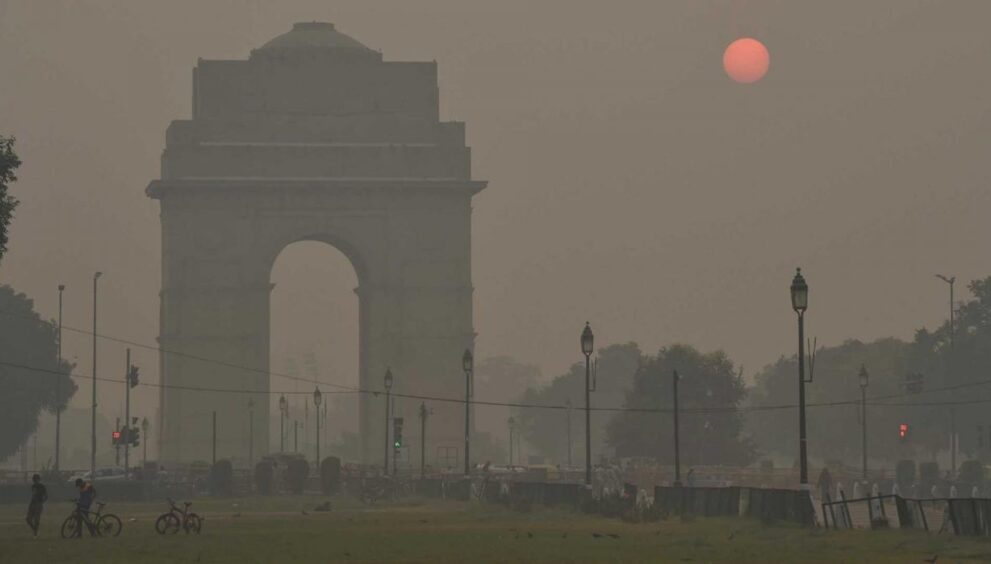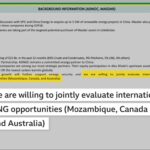Coal-based Power Plants Aggravating Air Pollution In Delhi-NCR

The TPPs account for around eight per cent of the PM2.5 pollution in Delhi-NCR, according to studies
Non-compliance of thermal power plants in Delhi-NCR with emission standards is contributing significantly to air pollution in the region, according to a new analysis.
The study by the environmental think tank Centre for Science and Environment (CSE) focuses on particulate matter, nitrogen oxide, and sulphur dioxide emissions from the 11 thermal power plants (TPPs) in Delhi-NCR and is based on their environmental status reports. These reports are sourced from the website of the Central Electricity Authority (CEA), a technical arm of the Union Ministry of Power, from April 2022 to August 2023.
According to the studies, the TPPs account for around eight per cent of the PM2.5 pollution in Delhi-NCR.
The CSE report said that despite multiple deadline extensions and revised categorisations by the Union Environment Ministry, many plants in the region are struggling to meet prescribed norms for emissions of nitrogen oxide (NOx), sulphur dioxide (SO2), and particulate matter (PM).
The ministry established stringent emission standards for coal-based power plants in December 2015, requiring compliance within two years. Later, it granted a five-year extension to all power plants except those in Delhi-NCR which were given until 2019 to comply due to the region’s high pollution levels.
Despite this, except for Dadri TPP and Mahatma Gandhi TPP, all NCR plants failed to meet the revised deadline and continued operating in violation until another extension in March 2021.
The ministry then categorised all power plants, including those in Delhi-NCR, into three groups (A, B, and C) based on criteria set by the Central Pollution Control Board (CPCB).
New deadlines were set accordingly:
Category A – Plants within a 10 km radius of the National Capital Region (NCR) or cities having a million plus population (as per 2011 census of India) must meet SO2 emission norms by 31 December 2024
Category B – Plants within a 10 km radius of Critically Polluted Areas or Non-attainment cities (as defined by CPCB) have until 31 December 2025, to meet the SO2 emission norms; and
Category C – Plants Other than those included in categories A and B are required to comply with SO2 emission norms by 31 December 2026.
Except for Dadri, Indira Gandhi, Mahatma Gandhi, and Panipat TPPs, the remaining seven plants were classified under Category C, granting them additional time for compliance.
Almost six years after the first deadline, three plants in the NCR – Harduaganj TPP, Panipat TPP, and Guru Hargobind TPP — are still reporting very high suspended particulate matter emissions, the CSE report said.
The CSE researchers said that despite the government relaxing nitrogen oxide norms and deadlines, the four plants – Panipat TPP, Rajiv Gandhi TPP and Yamunanagar TPP in Haryana, and Guru Hargobind TPP in Punjab – have exceeded the NOx norms several times during the reporting period.
All coal power plants in NCR have reported SO2 emissions up to three times over the prescribed limits.
While Mahatma Gandhi TPP remains within the limit for sulphur dioxide emissions, Dadri TPP, equipped with sulphur dioxide control equipment Flue-Gas Desulfurization (FGD), reported high SO2 readings 86 per cent of the time during the reporting period.
Researchers suggest that either the FGDs at Dadri TPP are malfunctioning or have insufficient capacity, or the coal used has very high sulphur content.
(Inputs from PTI)





































































































































































































































































































































































































































































































































































































































































































































































































































































































































































































































































































































































